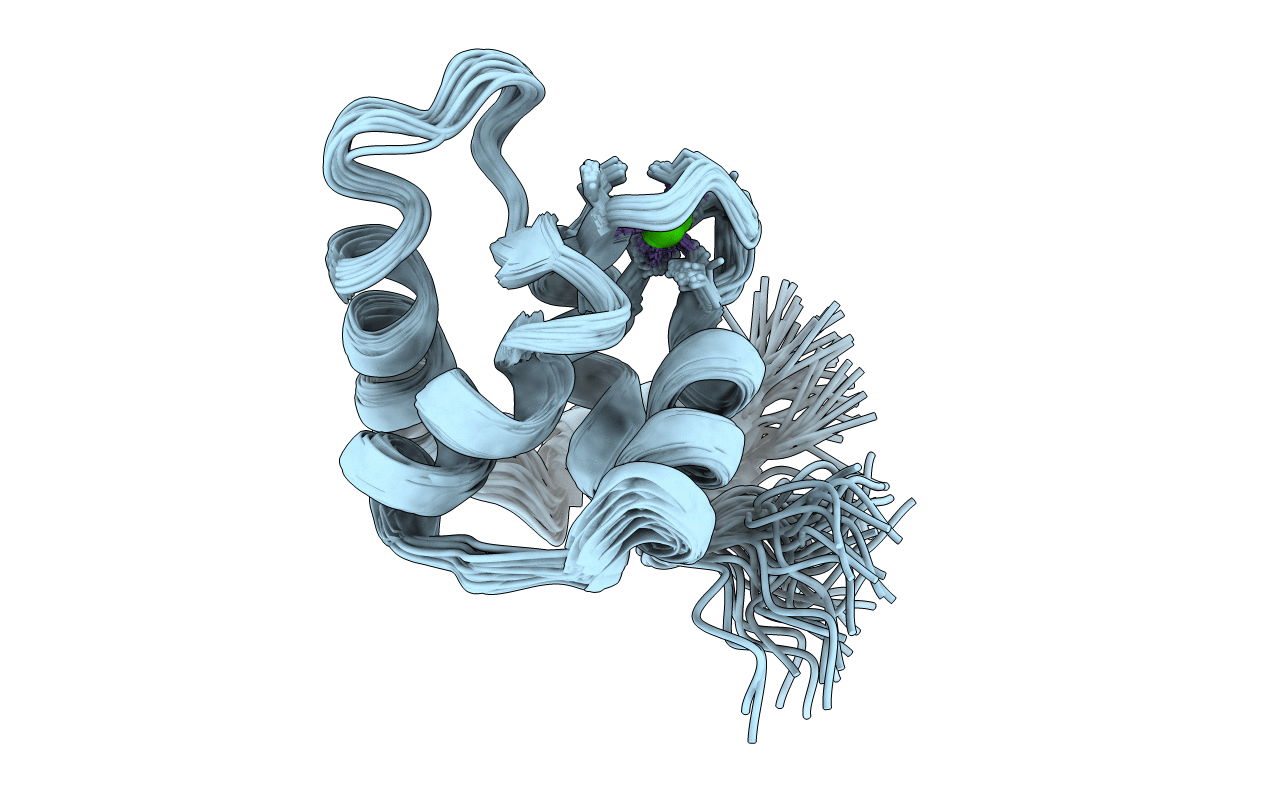
Deposition Date
2003-09-29
Release Date
2004-06-08
Last Version Date
2024-05-22
Entry Detail
PDB ID:
1R2U
Keywords:
Title:
NMR structure of the N domain of trout cardiac troponin C at 30 C
Biological Source:
Source Organism:
Oncorhynchus mykiss (Taxon ID: 8022)
Host Organism:
Method Details:
Experimental Method:
Conformers Calculated:
60
Conformers Submitted:
40
Selection Criteria:
structures with the lowest energy


